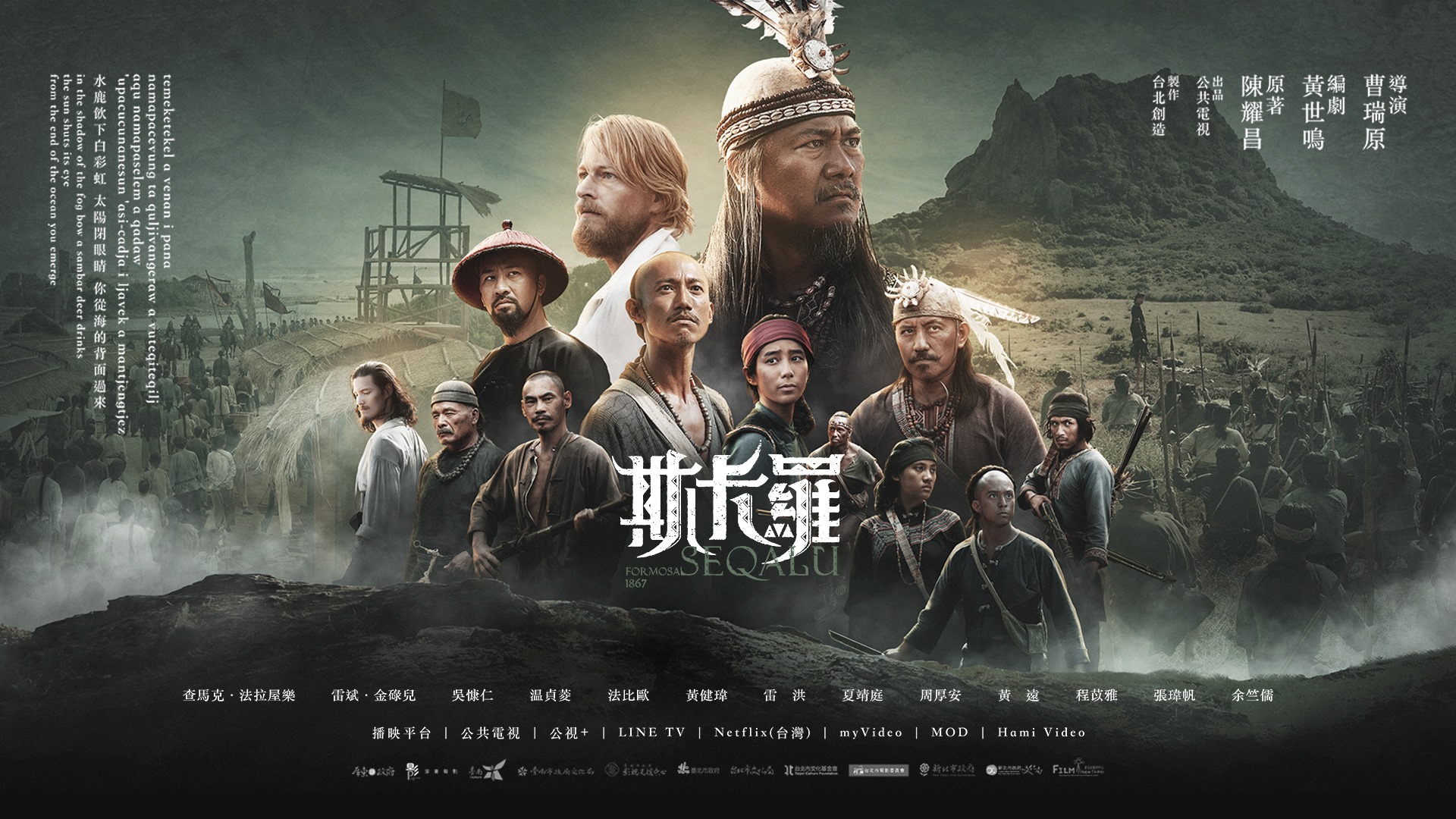by Brian Hioe
語言:
English
Photo Credit: 斯卡羅 SEQALU:Formosa 1867/Facebook
SEQALU: FORMOSA 1867 (斯卡羅) has been widely discussed in Taiwan in past few days, following its premiere last week. As the title implies, the television drama is set in Taiwan in 1867. SEQALU is the latest historical drama offering from Public Television Service (PTS) Taiwan depicting Taiwanese history. This follows suit from last year’s Island Nation, another big-budget work that dramatized the political history of Taiwan’s democratic transition.
SEQALU, which takes its name from a Paiwan-Puyuma nation that existed from 1600 to 1931, dramatizes the events of the 1867 Rover Incident. In particular, SEQALU is based on the novel Puppet Flower by Chen Chang-Yao, a former DPP politician, physician, and award-winning historical novelist. Chen, who is of Siraya descent and claims to have an ancestor who was a Dutch woman, is a notable proponent of the “out of Taiwan” hypothesis regarding Austronesian migration. The title is taken from a discriminatory term used by early Hakka settlers for Indigenous but the title of the television adaptation was changed because of sensitivity concerns.
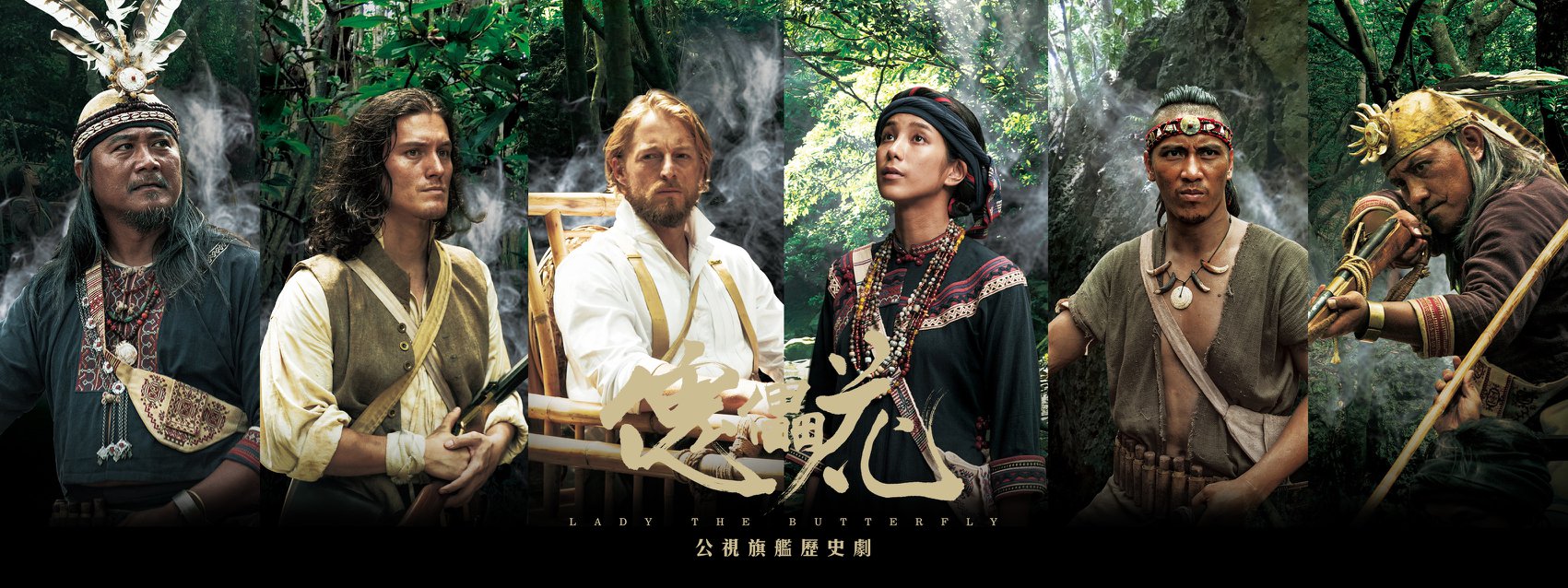
Photo credit: 斯卡羅 SEQALU:Formosa 1867/Facebook
The choice to adopt a historical epic is likely deliberate. Taiwanese historical dramas have historically been dominated by an endless succession of big-budget television dramas depicting dynastic Chinese history. This lasted until the political and economic rise of China in the last two decades, which led to the production of historical dramas that Taiwanese dramas could no longer compete with in terms of budget.
This is all the more so with PTS, whose works in past years have often placed a particular focus on depicting recent Taiwanese history. PTS dramas in this vein include 2017’s Days We Stared at the Sun II, probably the earliest dramatic depiction of the Sunflower Movement, and 2019’s The World Between Us, which drew inspiration from the aftermath of the 2014 Taipei MRT stabbings. That being said, PTS historical dramas have been criticized by Indigenous commentators for their depiction of Indigenous history before.
To this extent, in its first two episodes, SEQALU is at least an adequate work. An enormous effort has evidently gone into the setting and costumes, and the show employs a large cast of extras, including many Indigenous actors.
As commentators have pointed out, 19th century Taiwan is depicted as something of a “Warring States period” rife with tensions. This includes tension between Hoklo settlers, Hakka, Indigenous, tensions between the Paiwan and Puyuma within Seqalu, and with westerners. The collision course between these groups takes place after an American ship, the Rover, shipwrecks on Taiwan’s shores and its sailors are killed by Indigenous in revenge for earlier killings of Indigenous by westerners—though some Indigenous leaders of the Seqalu are depicted as having opposed the killings.
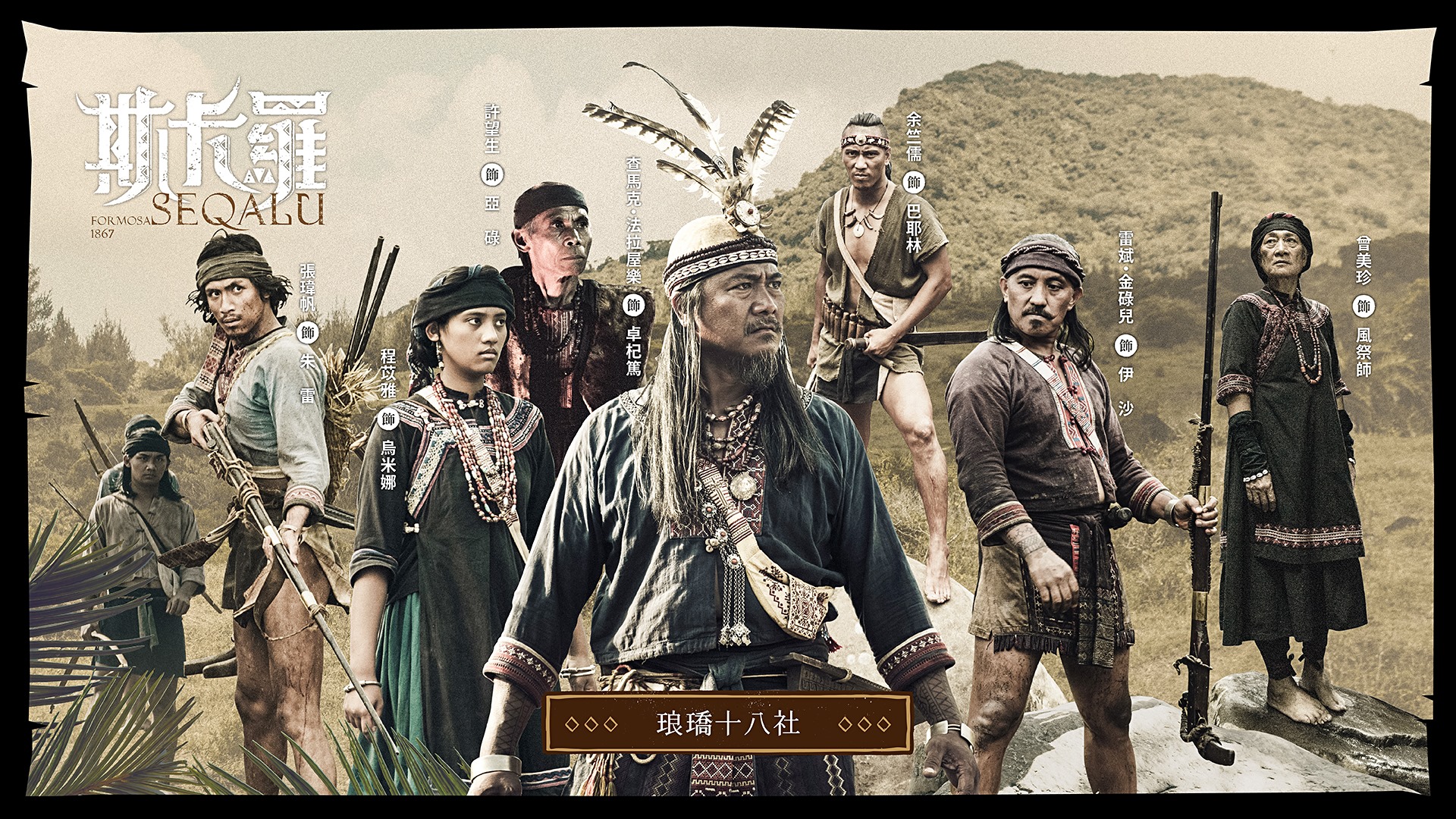
Indigenous characters in SEQALU. Photo credit: 斯卡羅 SEQALU:Formosa 1867/Facebook
This leads French-American diplomat Charles le Gendre to be dispatched to Taiwan in the hopes of finding survivors. Le Gendre aligns himself with British merchant William Pickering to try and push the Qing representatives in Taiwan to dispatching troops to search for survivors, meeting Pickering’s aide Tiap-moe, who is half-Hakka, half-Ciljasuaq, in the process of doing so. Tiap-moe is a fictionalized character, but the rest are real historical figures.
The primary issue so far with SEQALU is that the large cast of characters and different factions means that viewers will have difficulties sorting them out. Likewise, within the span of two episodes, viewers are not given sufficient reason to care about any specific members of the cast. This could change with future episodes. Either way, too much of the plot is based on improbable coincidence, particularly in a scene where Tiap-moe and Pickering conveniently happen across her wounded brother being taken away by men from Seqalu in a forest clearing.
But it is probable that the series’ political underpinnings will eventually come to undo any of virtues that could be ascribed to the show. This is particularly the case regarding how present-day politics is projected onto 19th century Taiwan in a problematic manner.
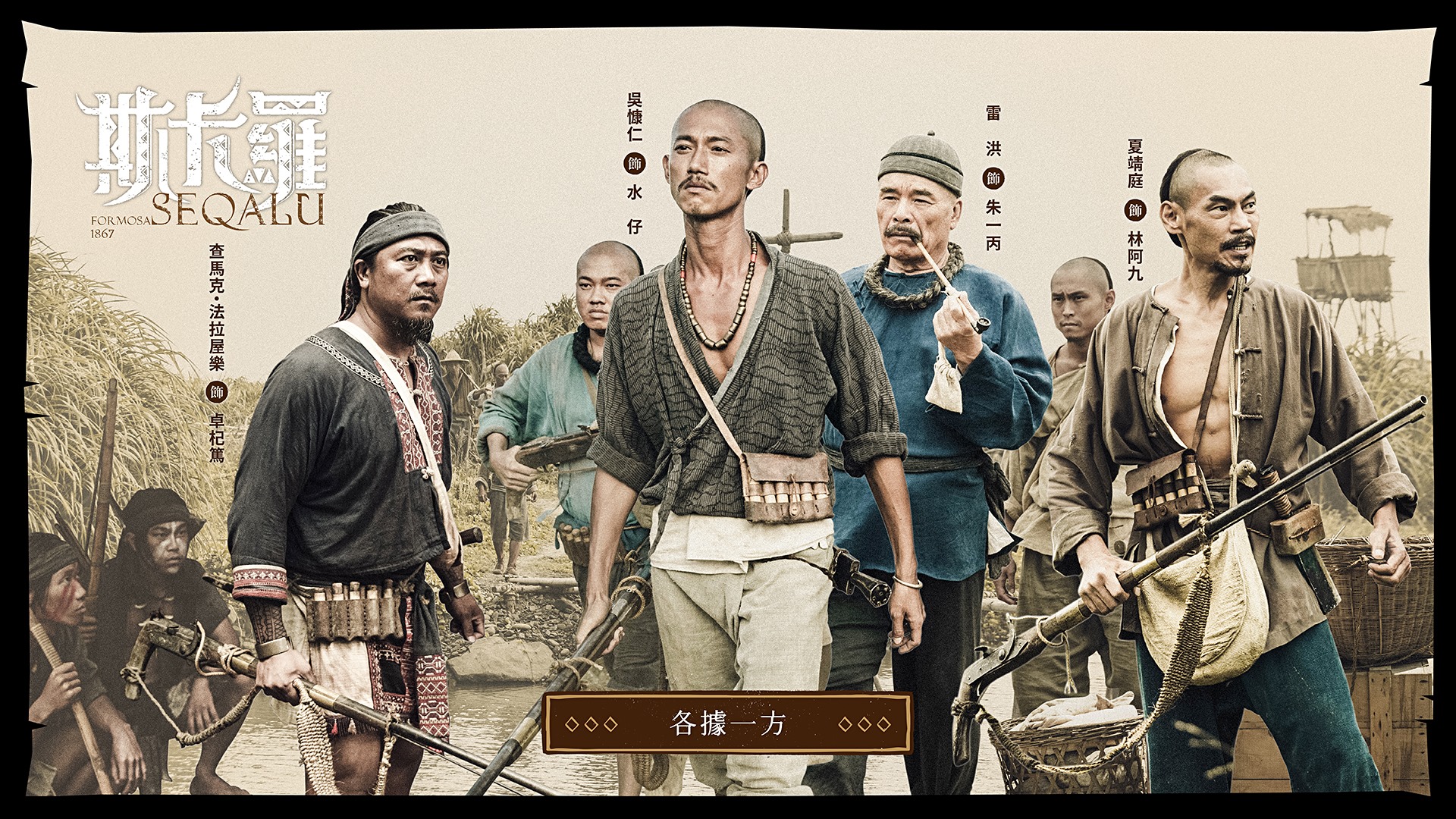
Han characters in SEQALU. Photo credit: 斯卡羅 SEQALU:Formosa 1867/Facebook
Le Gendre is depicted as a sympathetic character, who is an American diplomat but is discriminated against by both Americans and the French because of his mixed background. He is set up as a parallel character to Tiap-moe, who is discriminated against by Hakka, Hoklo, and Indigenous alike due to her mixed racial background. Apart from that one suspects that the drama may eventually see a hamstrung, rather cringeworthy romance between le Genre and Tiap-Moe (One hopes not), it is clear that this reflects Chen Chang-yao’s politics: Chen likely wishes to point to the mixed cultural and historical influences on Taiwan as far back as the 19th century in order to assert Taiwan’s uniqueness as differing from China.
Given this view, no surprise, then, that SEQALU is a work that has come to be endorsed by the prominent members of the Tsai administration. This includes Pingtung county magistrate Pan Meng-an—Pingtung was where the Seqalu nation was historically located and where much of the television drama was shot—and by Tsai herself.
Romanticizing le Gendre is in line with this romanticization of Taiwan’s past, too, with the strong possibility that le Gendre will be depicted in subsequent episodes as some representative of enlightened western values in Qing dynasty Taiwan. This is a narrative of Taiwan’s history not so different from the highly problematic “Taiwan’s Light” performance that preceded Tsai Ing-wen’s inauguration, perhaps.
Le Gendre is depicted in SEQALU as against slavery and in favor of some vision of racial pluralism. The actual historical personage of le Gendre, who took or owned some of the earliest existing photos of Taiwan, proves a fascinating figure and is indeed one that played a key role in Taiwan’s late 19th-century history. Yet insofar as le Gendre traded loyalties between the US, French, Japanese empire, and Korean empire at various points during his career, one generally suspects that the historical le Gendre did not have such high-minded ideals, and instead went wherever seemed most profitable.
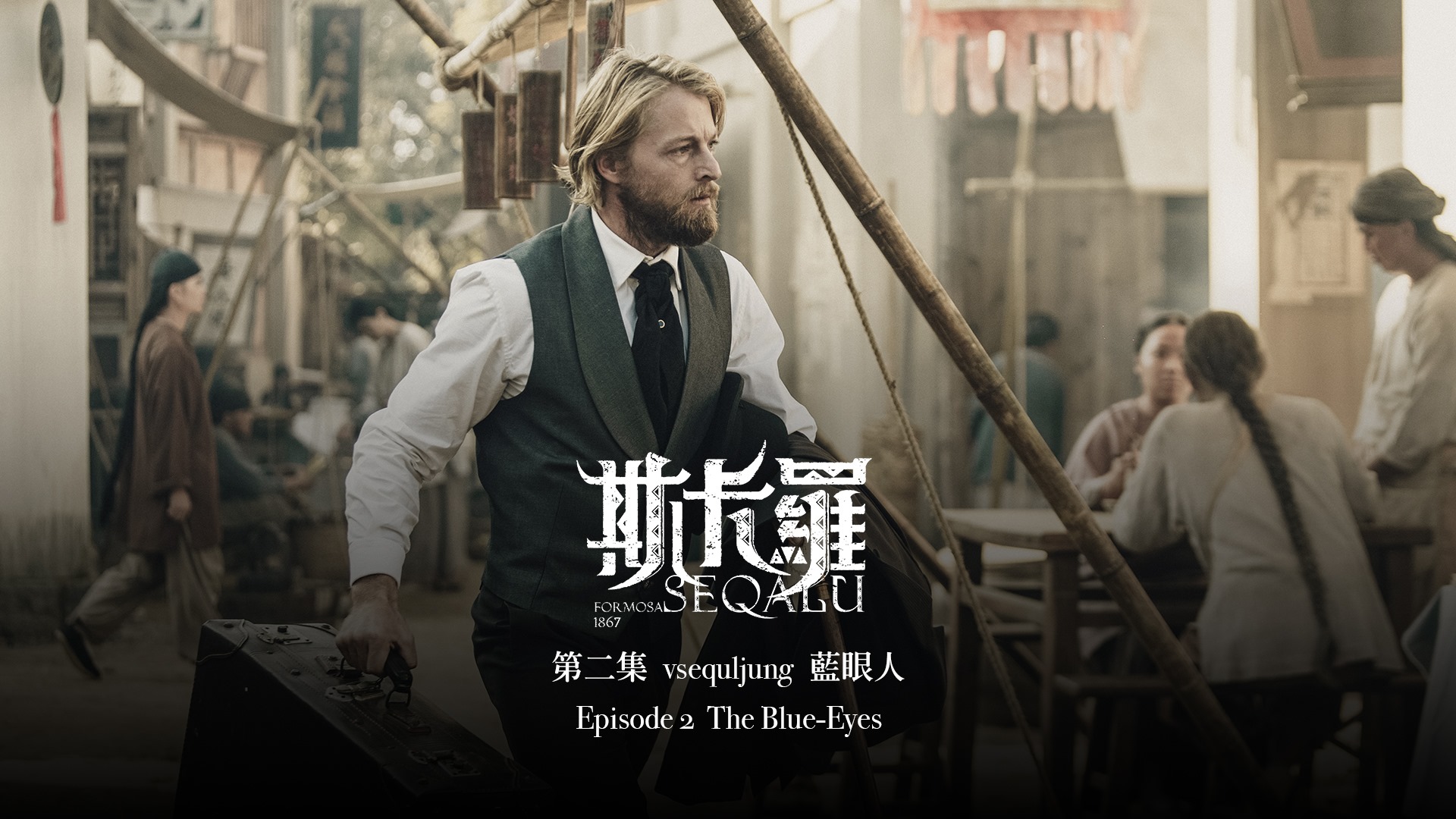
Fabio Grangeon as Charles le Gendre. Photo credit: 斯卡羅 SEQALU:Formosa 1867/Facebook
On this point, while the drama is generally decently acted, the acting of almost all western roles are stiff, amateurish, and poor performances, including Fabio Grangeon as le Gendre and Stewart Glen as Doctor Mason. Chau Andrew Hou An’s performance as Pickering is the only role performed with anything resembling competency. This poor casting of western characters—something that has plagued Taiwanese television and film for decades—drags the rest of the drama down and probably will continue to be an issue as time goes on, given that le Gendre’s role is central to the plot and will grow in importance, even if he is not the main focus of the first two episodes.
Still, for all its issues so far, which will likely get worse as the drama goes on, SEQALU is at least a passable work. It at least does not falter immediately from the start, the way that Island Nation did. Even if a sober appraisal of the first two episodes of the series suggests that the issues already visible in SEQALU will simply become worse, an optimistic take might suggest that there is room for future episodes to improve.


